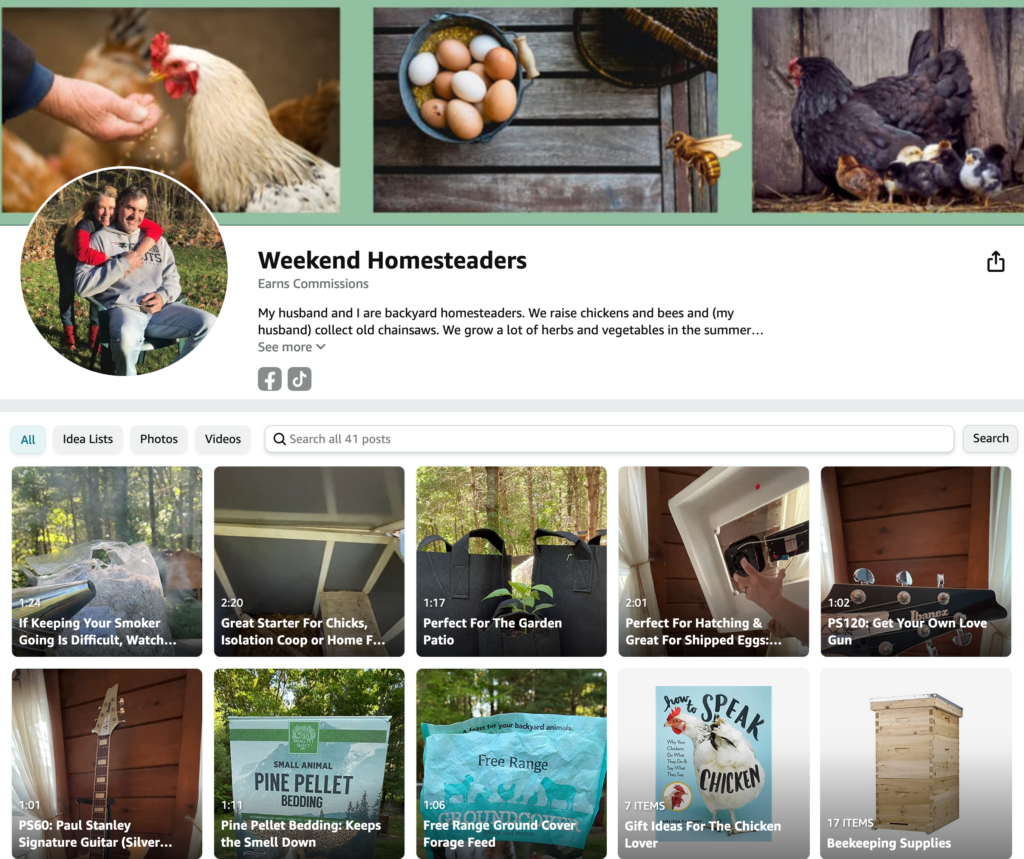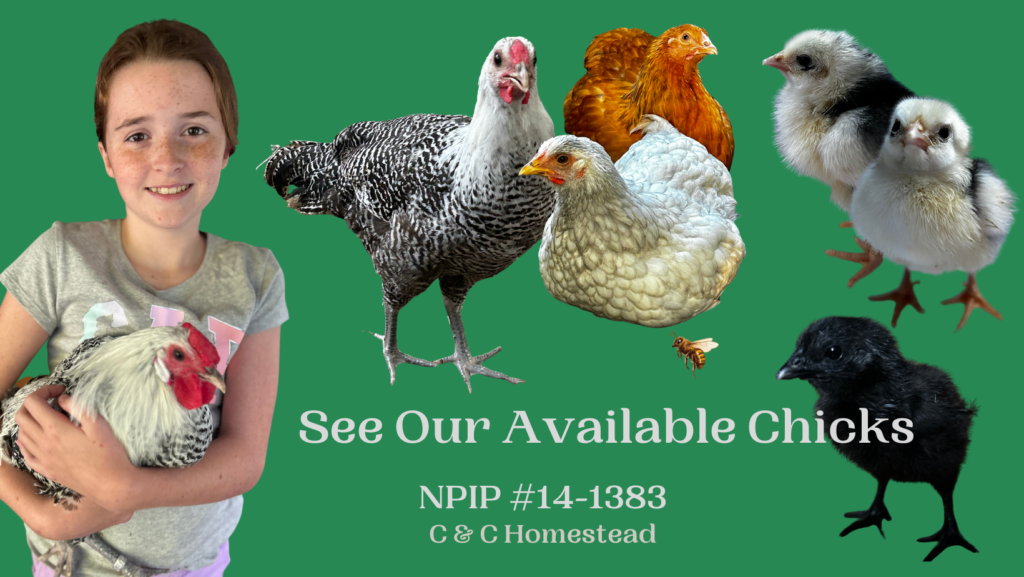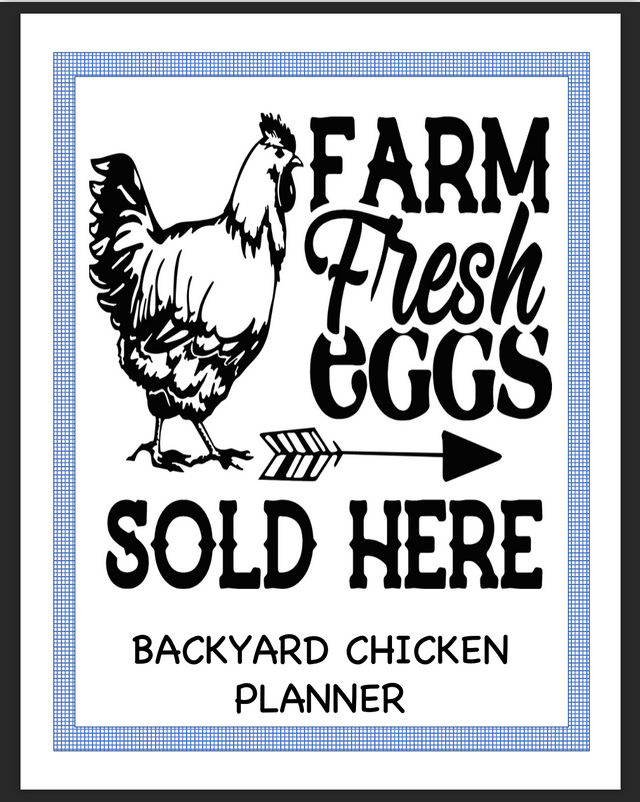Balancing Corporate & Homesteading Lifestyles
The Impact of Learning When a Rooster Is Alone vs. With Other Roosters
How Social Setting Shapes Behavior, Intelligence, and Confidence
Roosters, like people, learn not just from experience, but also from their environment — and especially from the company they keep. Whether raised alone or in the presence of other roosters, the way a rooster learns, adapts, and engages with the world around him can vary significantly. While each bird is unique, research and anecdotal evidence from backyard flocks and sanctuaries alike suggest that social context has a major influence on how roosters develop both cognitively and emotionally.
🐓 Roosters Learning Alone: The Independent Learner
When a rooster is raised or housed alone (without other roosters), he becomes the sole male influence in his environment. While this may reduce competition and stress in some situations, it also means he has no peer model to observe, mimic, or learn from. His learning is based mostly on:
- Human interaction
- Trial-and-error experiences
- Observing hens (if present)
Roosters raised alone often become very people-focused — they may bond closely with humans and respond strongly to routines, voice, and touch. Some even become unusually gentle or attentive to their hens, simply because they aren't distracted by male rivalry. But they can also lack certain social skills — especially when it comes to conflict resolution, communication, or cooperative behaviors with other roosters later in life.
In short: They figure things out on their own, but may be slower to pick up complex social cues or get overwhelmed when introduced to multi-rooster environments.
🐓 Roosters Learning With Other Roosters: The Social Learner
Roosters raised in a group setting — especially from a young age — often show a broader range of behaviors, thanks to the opportunity to observe and interact with peers. In this environment, they learn:
- Hierarchy and dominance behaviors
- Subtle body language and social spacing
- Food sharing, tidbitting, and mate-attracting strategies
- When to challenge, when to back off
Interestingly, studies and flock observations show that roosters learn faster in social settings, especially when it comes to recognizing threats, identifying resource locations, and understanding flock rhythm. They model behaviors from others — both good and bad — and learn how to “read the room,” which is crucial in complex flock dynamics.
This doesn’t mean there won’t be conflict — social learning includes trial by fire, like minor squabbles, posturing, or sparring — but those experiences help build confidence and emotional intelligence, especially when managed in a safe, enriched environment.
🔄 Solo Roosters Introduced to Other Roosters Later
This is where things get tricky. A rooster raised alone and later introduced to others may:
- Struggle to understand the rules of engagement
- Be overly dominant or overly submissive
- Miss subtle cues that would prevent a fight
- Have a harder time establishing or respecting a hierarchy
With time, space, and proper introductions, many do learn — but the adjustment can be harder, especially if the rooster wasn’t exposed to flock dynamics early on.
🐔 Why It Matters in Sanctuary or Backyard Settings
Understanding the difference in how roosters learn alone vs. with peers helps us:
- Better design introduction plans
- Choose compatible flock mates
- Build enriched environments that support both solo learners and social birds
It also gives us deeper insight into their personalities. A confident, independent rooster may have grown up as a lone male. A cooperative, savvy roo likely learned through social trial and error.
Each approach to learning has value — but knowing the rooster’s history can help us provide the support they need to thrive.
💡 Final Thought
Roosters aren’t just reacting to instinct — they’re learning, adapting, and responding to the world around them in real time. Whether flying solo or growing up side-by-side with brothers, their experiences shape how they see the world… and how they interact with everyone in it.



